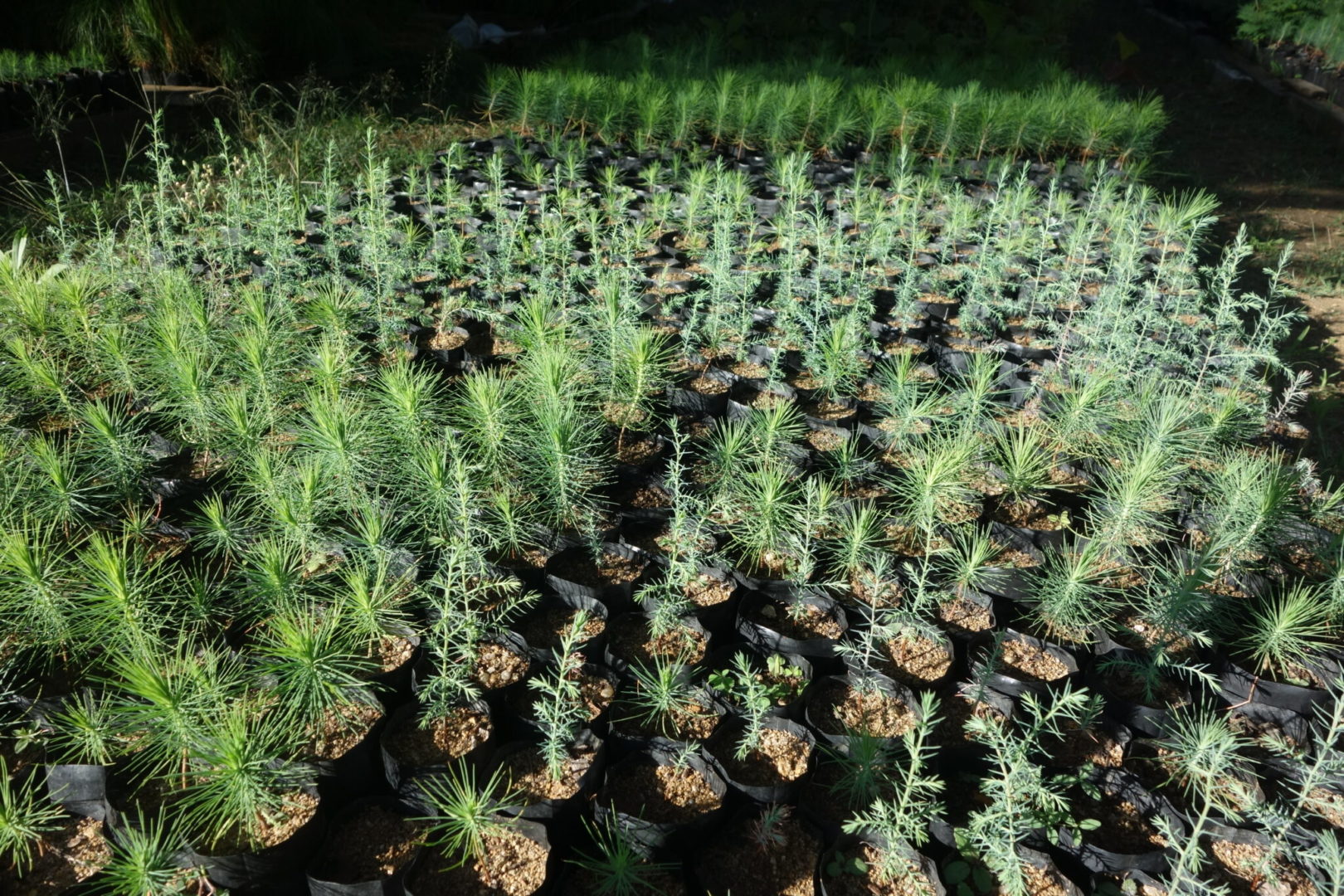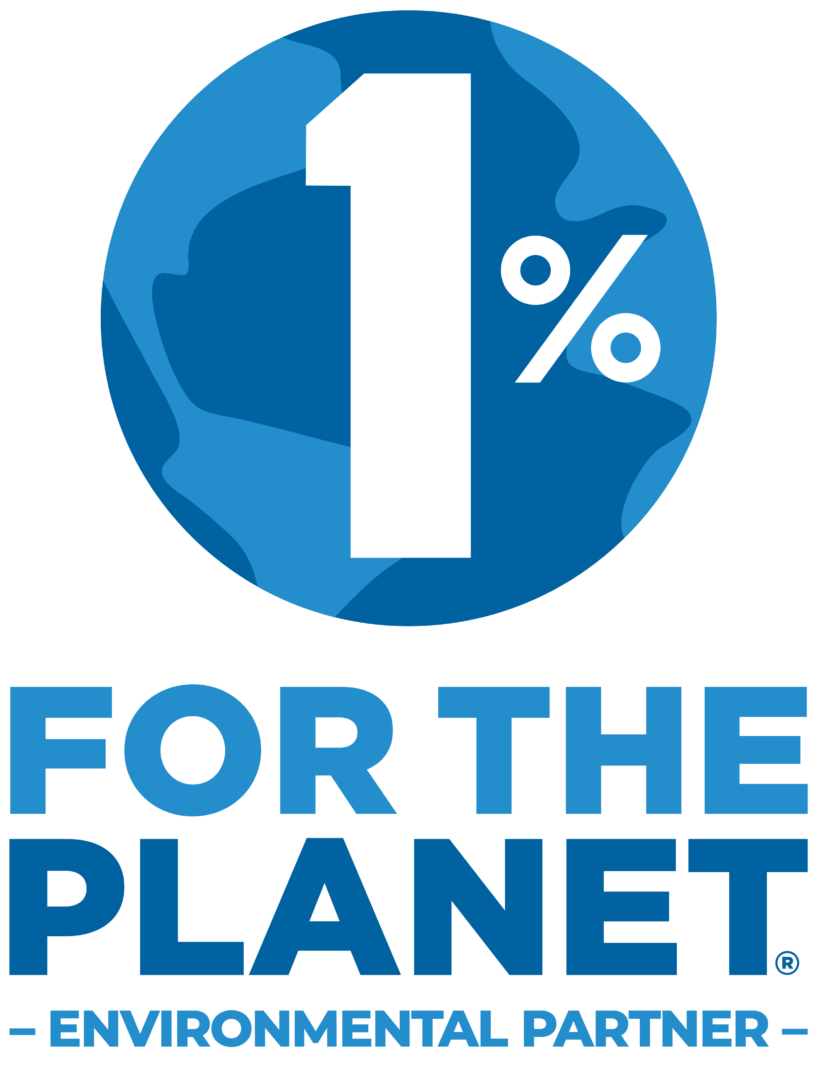The following are some of the most common climate change questions Plant With Purpose receives and were addressed in our video panel, So You Care About Climate Change. The following is an adaptation of a few of the climate change questions that were a part of the discussion. To view the full video with more climate change questions answered, follow this link:
1. How much education about climate impact do Plant With Purpose farmers receive?
We have found that the thousands of farmers we work with don't need any more “awareness” about climate change because they’re already facing it. For example, partnering farmers in Thailand experience extreme flooding events that aren’t typical for the time of year. In some other countries, we're seeing extreme drought, and all kinds of unpredictabilities are happening that farmers have not faced in the past. Often, farmers share that there used to be certain signs and processes you could implement in the spring or at the beginning of the planting season in order to get ready to plant. Now, those signs and cues are no longer there. It makes it really difficult to predict how to farm, when to plant, and when to harvest.
Unfortunately, the farmer truly only has one shot at planting a field every year. If they blow it because the rains came too early or too late, or too much or too little, their ability to feed their family for that year is potentially wiped out. We teach about how the different regenerative techniques or sustainable farming practices that we promote help to address these types of climate issues. For example, we teach that tree planting can help to secure soil from erosion.
Burning releases large amounts of carbon in the atmosphere. This is something that farmers traditionally have done as a way of preparing their land, and there are some good reasons to do this.
For more and more people, these challenges are happening at a larger scale and on shorter time spans. In the past, practice of burning may have actually been sustainable because farmers could burn a field and then plant for a few years and then move on. Then that plot of land would have a chance to recover. But now farmers are finding themselves having to burn the same field year after year. Sadly, that soil starts to degrade pretty quickly, which is a difficult problem for farmers. They don't necessarily do this because they don't care. They do care. They want to be able to protect that plot of land for as long as they can so they can feed their family. They know that once the soil is lost, they're in big trouble, so they want to learn about techniques and practices that can better manage the soil. More often than not, farmers do have to resort to this decision, although it's a painful one to make.
For more context, many farmers in this scenario are already poor and they are having to do things that they wish they didn't have to do in order to provide for their families today. As they cut down trees, they are aware that they are contributing to decreased soil quality, pollution, erosion, flooding, landslides, and more. As one could imagine, this act reduces their ability to feed their family in the long-term. Many farmers that we work with are increasingly forced into making bad decisions that not only affect the environment, but also affect their ability to survive.

2. How salient is environmental racism for Plant With Purpose farmers now? To what extent do they view their circumstances as connected to any systemic environmental racism?
A large portion of this question is answered by looking country-by-country at some of their occupying powers throughout history, the rhetoric that influenced them, and the way economic and resource exploitation was perpetuated.
In a lot of partner countries, there are many indigenous populations, particularly in Mexico, Thailand, and other parts of Southeast Asia, who face issues that affect the access they have to owning or managing land. As a result, a dichotomy of farmers has been born. There are the “poor” farmers, and there are the “rich” farmers.
The farmers experiencing poverty are the ones that have been pushed up into the mountains, into this sloping land that is the most vulnerable. If you convert it from forest land to agriculture, it's the most at risk to erosion and degradation. Sadly, for the farmers that we work with, this is the only option they've been given.
Partnering farmers are very aware that the wealthier farmers downhill in the plains have tractors and other economical and environmental benefits. They have the resources to grow commercial products, such as sugarcane, for the global market that the farmers we work with do not.
3. What does data tell us about the efficacy of Plant With Purpose tree planting on climate in areas where Plant With Purpose has been the most active in reforestation?
There is a large amount of tracking that goes into how many trees are planted, what kinds of trees farmers plant, and the different ways that trees are applied as techniques.
Tree planting is not a monolith; there are many different strategies that people can use to plant trees. Therefore, we collect data on all of the strategies and utilize it to understand the link between our training, the behavior changes of partnering farmers, and how this can collectively impact the places where we work.
In fact, Plant With Purpose looks at satellite data or remote sensing data and at an index called NDVI, which is a vegetation index based on satellite data that helps us understand how much increase or decrease there is in vegetation. We are glad to share that in the areas where we're working, there is a measurable increase in a vegetative cover relative to two places where we're not working.
Many farmers are constantly telling us in more narrative ways how the trees on their farms are helping them to cope with changes in the climate and also to feed their families.
Ultimately, our data shares that there are a lot of individual benefits that would incentivize farmers to plant more trees. It's good for their soil, helps them grow more food, and many see the financial benefits for their families. Additionally, partnering farmers planting trees then aid their broader community and ecosystem as well, because the trees support the biodiversity and health of the surrounding environment.

A row of saplings
4. What tree species are Plant With Purpose farmers planting?
Perhaps the most frequent of the climate change questions we get. Plant With Purpose promotes many varieties of trees, both native and non-native, both fast growing and slow growing. Some trees are meant to produce as much wood as possible in a short period of time. Some trees are meant specifically for firewood, which is a completely different objective from trees for timber. Many of the trees are also nitrogen fixing and produce other nutrients that benefit the soil.
At the end of the day, our staff is doing very little planting, and farmers are truly doing all the tree planting, which is one of the most important elements of Plant With Purpose. Because of this, farmers are also the ones making the decisions about their farms in their communities. Savings groups get together and start their own tree nurseries, and they have full authority to prioritize what they want to plant and where to plant it.
There are a few factors that influence a farmer’s decision to plant a specific type of tree on their land. The first factor many farmers think about when tree planting is economic benefit. Most of the farmers we work with are significantly disadvantaged economically and are living from season to season. That being the case, they're not going to plant a tree unless they know they're going to get an economic benefit from that.
Additionally, most of the farmers we work with recognize the importance of water, so they try to select species that are water friendly. They are intentional about choosing tree species that play well around springs, rivers, riparian zones, and so on.
As farmers are making the journey out of poverty, each step further and further away from it opens up a new window of choices. Even though the long-term, most beneficial tree species might not seem like the first tree a farmer wants to plant right away, the closer they are to solving some of their economic problems, the more of those doors open up.
When analyzing two projects in the Dominican Republic, there has been a large progression in the land where people have been working with Plant With Purpose for two years and then another community where they had been working with Plant With Purpose for 10 years. Not only is the maturity of the 10-year program just striking, but the farmers are really thinking long term and making sustainable, environmentally friendly decisions.
5. Do the different countries that you work with require different methods of planting, management, or climate-change-overcoming techniques due to their different climates and land formations?
Yes, within regions within countries and even on the same farm, there are often wide ranges of climates and land. As an example, one of the things we teach is living barriers. With living barriers, you plant the trees or some other species very close together to help reduce soil erosion and increase vegetative cover. They also sequester carbon, but that might not be the appropriate technique for every corner of a farmer's field or for every location. There are some places where you might want to use a different type of barrier, like a rock barrier, for example. By and large, we have various methods and techniques because farms may differ.
Nature has the potential to be a really big part of the solution for climate change. Nature has potential to absorb a lot of carbon, but right now, even though nature has such a big potential to be such a big part of the solution, it only receives 3% of the funding and is only 8% of the conversation.
To all of you who support Plant With Purpose; you are a part of that 3% of the funding! That funding goes toward trees and soil which go hand in hand in nature.
In addition, as nature is healed through environmental restoration, this impacts people experiencing poverty and helps fight justice issues. As we uplift people and communities, including indigenous groups, from poverty, they have more resources to feed their families, provide education for their children, start small businesses, and more. They are also no longer targets for trafficking, slavery, and other injustices. Tackling tough climate change questions has a ripple effect across humanity.
For more information regarding each of these climate change questions, be sure to watch our video, So You Care About Climate Change.

















